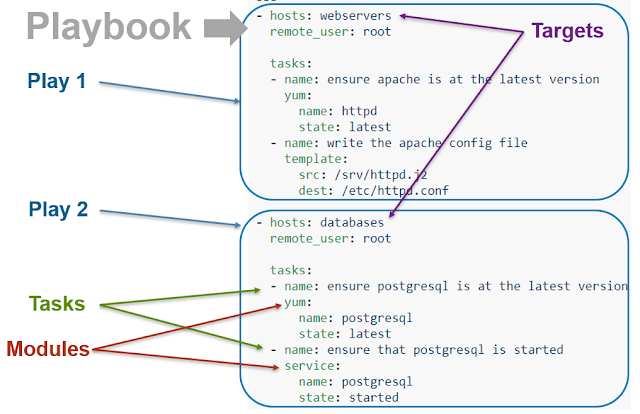Why Ansible? Why now?

In recent years, as cloud operating models have become more pervasive, organisations have started to adopt DevOps culture and processes to break previously existing organisational silos such as Development, Operations and QA. A key element for this transition is to treat Infrastructure as Code and to employ specialised automation tools. This is reporting benefits such as: Improved agility by eliminating manual or siloed tools which translates in significant reduction of provisioning times Minimise provisioning errors Ensure consistency Ability to manage larger environments typically associated with scale-out microservices architectures Lower operational cost The right choice of tool is essential to achieve these outcomes. Instead of leveraging element-specific scripting tools organisations need to move towards automation tools that can: address the configuration of large parts of the infrastructure so that multiple teams can “speak” the same la...